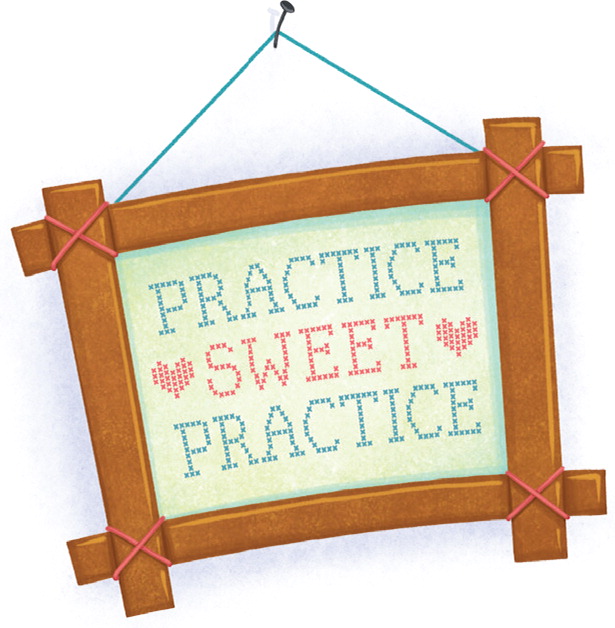
These eight lessons can help you avoid burnout and enjoy medicine.
Fam Pract Manag. 2018;25(3):40
Author disclosure: no relevant financial affiliations disclosed.

I have practiced family medicine for 43 years — 32 years in solo practice. I have had the same head nurse the entire time, a second nurse for 31 years, three receptionists, and only a few others. In large part, it is this remarkable continuity that has made my practice so productive and pleasant for all these years, but there are some additional factors. I share them here with the hope that some of you rookies will pluck a pearl from my experience and avoid the burnout I have read so much about but never experienced.
1. Stay small and nimble. Amazon adheres to the rule that any new business should be built by a team small enough to be fed with two pizzas. I'm with Jeff Bezos. You don't have to be in solo practice to do this. Large groups can grant autonomy to small “practice pods” that are nimble enough to take action.
2. Put people before efficiency, and you'll get both. Treating staff or patients like widgets looks efficient but is counter-productive. Efficiency comes by knowing people. When I see a name on my schedule, I see a face; when my staff hears a voice on the phone, they see a face. With those visions come memories — of personalities, medical problems, predispositions, etc. From those memories come reciprocal trust, diagnostic accuracy, and cost-effectiveness.
3. Do today's work today. We don't waste patients' time with phone trees. They get a live person with every call, and if they need to be seen today, they are. It may seem impressive to be “booked” weeks in advance. It's not. It usually means something important is being shelved today.
4. Get out of your staff's way. Physicians who feel weighed down by administrative work need to meet my nurses. After all these years, they know what I'm going to say, and probably what I'm going to think, so I never talk on the phone during office hours except for occasional calls from colleagues. They do the forms and deal with prior authorizations. All I do is medicine, and I rely on them to catch my occasional mistakes. I practice “permissionless innovation,” where employees have the autonomy to make decisions without going up the chain of command. Sometimes I'm surprised, and maybe a little hurt, when things improve without my input, but I get over it.
5. Know the difference between “difficult patients” and “characters.” Every now and then I run into literature about “difficult patients,” people who apparently have the power to make an office miserable. Some physicians say half their patients fall into this category. We only have a handful of difficult patients, but we do have a lot of characters. The difference is time plus love, with a soupçon of patience, targeted needling, and a refusal to be manipulated. When they run into the same staff over and over, they eventually get with the program.
6. Have a life outside of medicine. I see patients seven hours a day, 220 days a year. That's as much face time as I have with my family. Like a family, my staff and I can irritate one another if we don't spend some time apart. In my time off, I have a compulsion to engage in big projects such as starting a school, building two houses, and developing a private park for public use. This once prompted the Christmas gift of a brass plaque that reads “This Is My Next-to-Last Project.”
7. Make it personal. In medical school, I was advised to never share my personal life with patients. This contradicted the advice of a stronger authority, St. Paul, who wrote “because we loved you so much, we were delighted to share not only the gospel but our own lives as well.” Paul was right. My patients have benefited from hearing about my many physical (and a few personal) problems resulting from a life of physical activity and, well, life.
8. Commit. Here's the real secret to a happy practice: Commit to the long haul. It takes time to really know and thereby love your patients. Once you do, every day is rewarding and fun.
